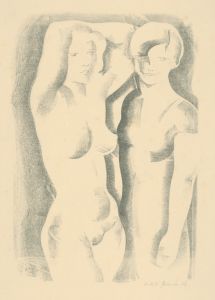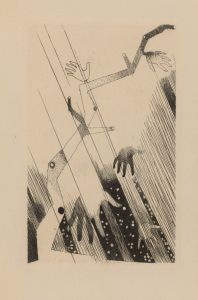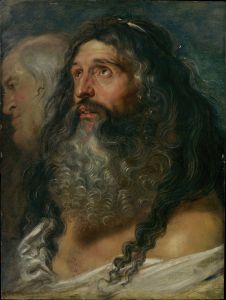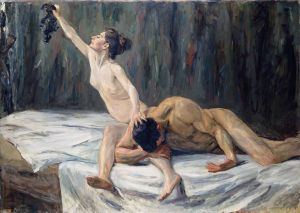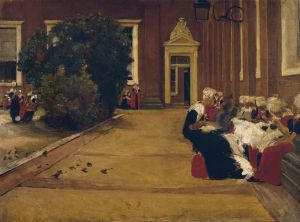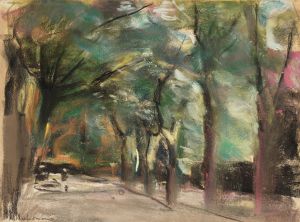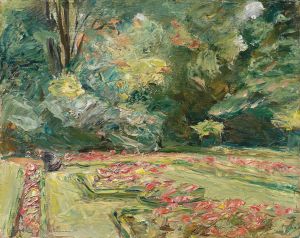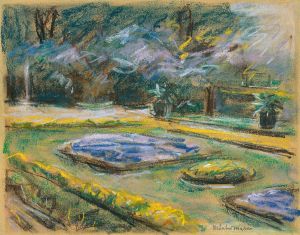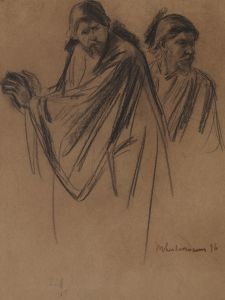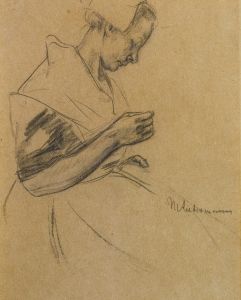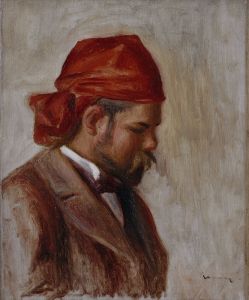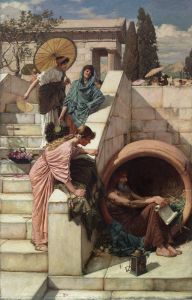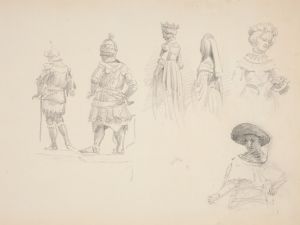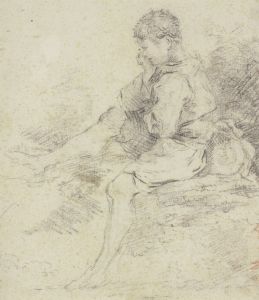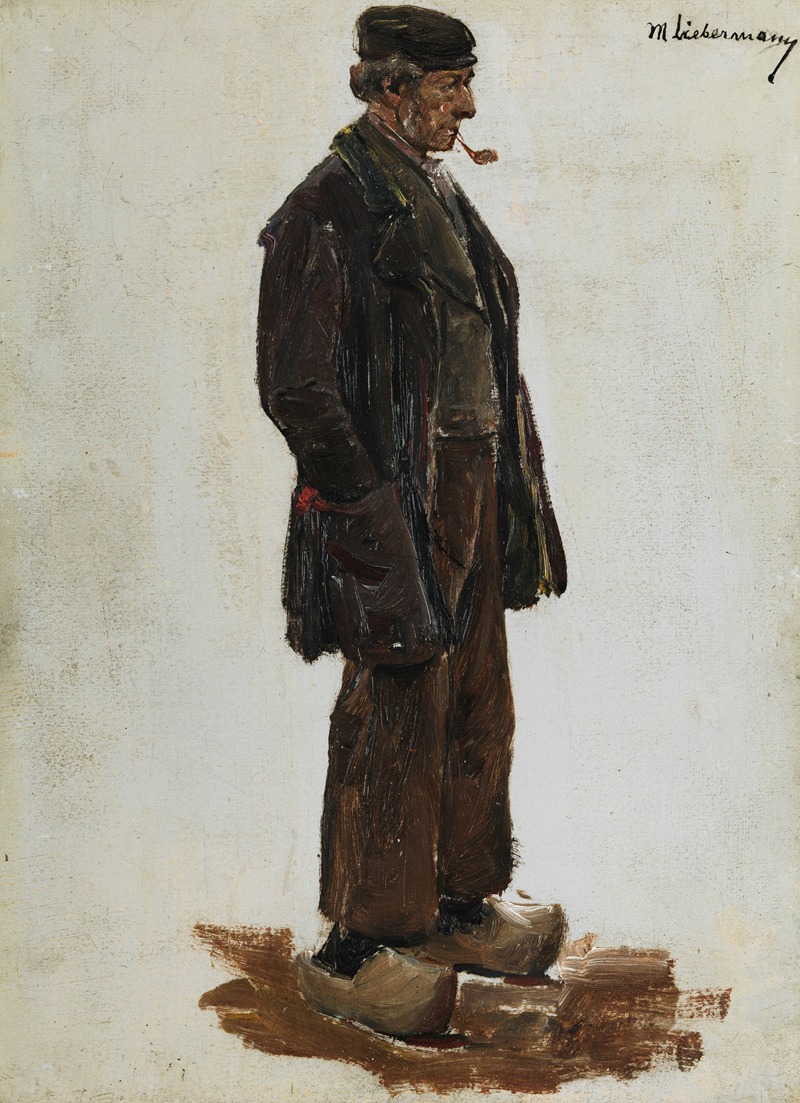
Bauer Studie
A hand-painted replica of Max Liebermann’s masterpiece Bauer Studie, meticulously crafted by professional artists to capture the true essence of the original. Each piece is created with museum-quality canvas and rare mineral pigments, carefully painted by experienced artists with delicate brushstrokes and rich, layered colors to perfectly recreate the texture of the original artwork. Unlike machine-printed reproductions, this hand-painted version brings the painting to life, infused with the artist’s emotions and skill in every stroke. Whether for personal collection or home decoration, it instantly elevates the artistic atmosphere of any space.
Max Liebermann was a prominent German painter and printmaker, associated with the Impressionist movement. His work, "Bauer Studie" (translated as "Peasant Study"), is one of the many pieces that reflect his interest in rural life and the everyday activities of people. Liebermann was known for his ability to capture the essence of his subjects with loose brushwork and a keen eye for detail, which is evident in this particular study.
"Bauer Studie" is a testament to Liebermann's fascination with the simplicity and authenticity of rural life. Throughout his career, Liebermann often depicted scenes of peasants at work, children playing, and other aspects of daily life. This painting is no exception, as it showcases his skill in portraying the human figure in a naturalistic setting. The composition likely focuses on a peasant engaged in a typical rural activity, rendered with Liebermann's characteristic attention to light and movement.
Liebermann's approach to painting was heavily influenced by his exposure to the works of the Dutch Old Masters, as well as his interactions with contemporary French Impressionists. His time spent in the Netherlands, where he studied the works of artists like Frans Hals and Rembrandt, played a significant role in shaping his artistic style. This influence is evident in "Bauer Studie," where the use of light and shadow, as well as the emphasis on realism, can be seen.
The painting is also a reflection of the socio-political context of the time. During the late 19th and early 20th centuries, there was a growing interest in depicting the lives of ordinary people, partly as a reaction against the academic art that dominated the period. Liebermann, along with other artists of the Berlin Secession, sought to break away from traditional artistic conventions and explore more modern themes and techniques. "Bauer Studie" fits within this broader movement, highlighting the dignity and resilience of the working class.
Max Liebermann's work, including "Bauer Studie," was well-received during his lifetime, and he became a leading figure in the German art scene. He served as the president of the Berlin Secession and later as the president of the Prussian Academy of Arts. His contributions to art were recognized both in Germany and internationally, and his works continue to be celebrated for their technical mastery and insightful portrayal of human subjects.
Today, "Bauer Studie" is appreciated not only for its artistic qualities but also for its historical significance. It offers a glimpse into the life and times of the people it depicts, as well as the broader cultural and artistic movements of the era. Liebermann's ability to capture the spirit of his subjects with empathy and precision ensures that his work remains relevant and admired by art enthusiasts and historians alike.





